Scotland’s four busiest volunteer mountain rescue teams have accused the agencies operating the UK’s rescue helicopters of having a ‘casual disregard’ for the safety of team members.
Glencoe, Tayside, Lochaber and Cairngorm Mountain Rescue Teams said the refusal to allow the aircraft to help with certain missions is putting their members at serious risk.
The four teams, which cover some of Scotland’s most difficult mountainous terrain, said they had decided to make their concerns public after being frustrated at official responses.
They stressed they were not criticising the crews of the Maritime and Coastguard Agency’s helicopters, with whom they have a good working relationship, but the agencies that are responsible for mobilising the aircraft.
At the heart of the complaints are the fact that the Coastguard crews are not allowed to help recover dead casualties from the mountains, nor are they being permitted to airlift crews from the hill after a casualty has been rescued, often leaving team members with a difficult and sometimes dangerous long descent in severe weather.
The problems have arisen since the UK’s search and rescue helicopter service was switched from the military aircraft of the RAF and Royal Navy to a private company under the control of the MCA in 2016.
The Aeronautical Rescue Co-ordination Centre, which is responsible for mobilising the helicopters, was also moved from north-east Scotland to Fareham in Hampshire.
Al Gilmour of Cairngorm Mountain Rescue Team, speaking on behalf of the four teams, said either the aircraft and crews are too thinly spread to cover requirements or that the agencies do not view the welfare of the volunteer teams in the same way as they appreciate that of the pilots and crew.
The teams, who formed their own umbrella body, independent Scottish Mountain Rescue after separating from the main organisation, said staff 550 miles away on the south coast of England didn’t understand the nature of the dangers faced by rescuers and the large distances involved.
Matters seemed to come to a head in June when Lochaber MRT members located the body of climber Marcin Bialas, who had gone missing in Observatory Gully on Ben Nevis in January.
The teams said: “The recovery involved the rescuers carrying stretchers, ropes, technical rescue and personal equipment approximately 5km to an elevation of about 1,100m up the mountain.
“The terrain in this location is very difficult, with many risks to rescuers. It was carried out on one of the hottest days ever recorded in the UK. It took the volunteer mountain rescuers nearly seven hours to reach the location of the casualty and evacuate to Fort William.
“The recovery involved technical lowers down dangerous snow slopes, carrying a stretcher over large and mobile rock and scree slopes leading to many falls which luckily only resulted in minor injuries to the rescuers.
“At one point the team leader requested that the team doctor attend the scene as he was concerned about the potential for more serious injuries occurring. The stretcher was dislodging very large boulders which was putting the people on the stretcher carry, and other rescuers lower down in gully, at risk.
“Prior to starting the recovery, the find was reported to Police Scotland and the assistance of a search and rescue helicopter was requested. The request was specifically to assist with getting personnel and equipment deployed to the location. Following a discussion by LMRT team leader with the ARCC, he was told that ‘unfortunately they would not be able to deploy a helicopter to assist due to [Civil Aviation Authority] regulations’.
“We have previously been informed that the search and recovery of presumed-dead casualties is an unacceptable risk to aircraft, crews and SAR passengers.
“It should be noted that, in this instance, LMRT specifically did not request the helicopter to help with the recovery of the fatality, but to assist with getting rescuers and equipment as close as possible to the location. The decision not to assist was not made by the crews or operators of SARH, but by ARCC, who are located at Fareham in the South of England.”
The teams’ concerns were conveyed in a letter to Deputy Chief Constable Johnny Gwyne of Police Scotland, but the rescuers said they never received a reply or acknowledgement.
The letter also detailed Glencoe MRT’s ‘long technical recovery’ of a body; the Tayside team’s retrieval of a walker’s body during which an all-terrain vehicle they were using overturned. While Lochaber MRT members were preparing to be airlifted to Knoydart to recover the body of walker Ian Stalker, the crew was ordered by ARCC not to undertake the mission but ignored the controller’s instructions and flew the rescuers out to the remote site and helped brought the deceased walker back.
Cairngorm MRT members were left at a remote site near the Shelter Stone Crag after a helicopter airlifted the casualty to hospital. The team was left with an 11km walk back to base with all their technical equipment.
In a recent rescue, ARCC would not authorise a Tayside MRT request to mobilise a helicopter until it received a police incident number, leading to a delay in deploying the aircraft, iSMR said.
Al Gilmour said: “As the teams prepare to undertake difficult and potentially dangerous rescues in such winter conditions the teams have decided that they can no longer accept an apparent casual disregard for the safety of the volunteers shown by the agencies coordinating search and rescue helicopter operations.
“As the recent weeks have shown, the undertaking of rescues in the mountains requires a close working relationship between highly skilled helicopter crews and the equally highly skilled volunteer rescuers operating on the ground.
“The teams have excellent longstanding relationships with the crews of the helicopters and any criticism following is aimed purely at the coordination of the service – which they suspect the crews often find as frustrating as do the teams.
“The teams have made repeated representations to the agencies regarding their concerns since the inception of this latest contract.”
In a letter to Ian Blackford, the Scottish National Party’s MP for Ross, Skye and Lochaber, Westminster Department for Transport minister Nusrat Ghani said: “The recovery of positively confirmed casualties is not, strictly speaking, a search and rescue mission.”
Ms Ghani said the ARCC would sometimes attempt to recover the body if the level of risk to crew and passengers was not considered too great.
“Understandably, the ARCC will also need to consider the wider impact to the Coastguard SAR helicopter service to make sure that we do not divert critical lifesaving equipment and personnel away from other lifesaving work.”
On the issue of ‘clearing the hill’ – airlifting rescue team members off a mountain at the conclusion of a rescue, the minister said: “I understand that SAR helicopters should not routinely be required to clear the hill as a mountain rescue team should be able to operate independently and without helicopter support.
“In circumstances where an MRT are on a rescue and where there is a clear risk to the team, a search and rescue helicopter can be requested to move the team to a place of safety.”
Mr Gilmour said the agencies involved: the Department for Transport; Police Scotland; the ARCC and the MCA all had a role in the creation of the original contract for SAR helicopter provision when the role was taken away from military crews.
He said: “The problem is essentially encapsulated in the failure of this – not so – new contract. With the creation of this contract mountain rescue was promised that the service delivered would be ‘the same or better.’ It simply isn’t.”
“The reality repeatedly is that the agencies take the decision that the aircraft should not be used at all to assist the volunteer teams even though it can often markedly reduce the risk to those volunteer teams.”
The iSMR teams said they have seen an increasing unwillingness to deploy the aircraft to assist in the final phase of a rescue – the ‘clearing the hill’ – throughout the term of the contract. Often, they said, because the agencies see that the ‘person in distress’ has been already uplifted.
Mr Gilmour said: “The problem is, however, that the volunteer rescuers are still on the hill. They may be many miles, thousands of feet of ascent and descent or both from their vehicles or access to a road. This is also often compounded by darkness and the weather.
“To give an impression of what this can mean: a volunteer can end up undertaking a difficult and dangerous thousand-foot cliff rescue in a remote location, over many hours, requiring large amounts of heavy technical gear, only to find that, once the casualty is on board, air support is withdrawn.
“This leaves the heavily laden team to return over the mountainous terrain for many hours. As with all rescue resources this also means that during this time the team is not available for any other incidents.
“It is clear that our concerns cannot be resolved by asking the pilots and crews to fly beyond their ‘endurance’ criteria. We also realise that a significant consideration here is that helicopter crews must be given the opportunity to rest after flying intense technical missions in the mountains.
“However, experience shows that the agencies are often then unwilling to allocate another aircraft to finish the job.
“The inescapable conclusion to this is that either the aircraft and crews are too thinly spread to cover requirements or that the agencies do not view the welfare of the volunteer teams in the same way as they appreciate that of the pilots and crew.
“It is felt that the agencies have been clear here as to their opinions. They clearly do not view the welfare of the volunteer teams as of significant enough importance as to warrant the continued air support to clear the hill.”
Referring to the minister’s reply to Ian Blackford, he said: “They have also been cheeky enough to say that the teams ‘should’ be able to make their own way off the hill. Perhaps implying that the teams are lazy?
“The reality is that the teams very often do have to make their own way off the hill as the teams have the capabilities to operate in conditions way outside the capabilities of any helicopter; be that cloud, blizzards and storm force winds, for example.
“The teams’ volunteers are well trained, well equipped, very capable and robust but they are not invincible.
“The issue overall is felt to revolve around the terms of the contract. The views of bodies that are clearly poorly advised as to the actual conditions and requirements of mountain-based search and rescue.
“The contract simply does not make sufficient provision for the support of volunteer rescue teams working on these mountain rescues. If this is the case, then it is changes to this contract that will ensure there is no comprise when it comes to the safety of volunteer mountain rescue teams.
“The teams in iSMR have decided to go public on this matter as they have been left with no alternative given the unwillingness of the agencies to address all of the above despite numerous requests over the past few years.
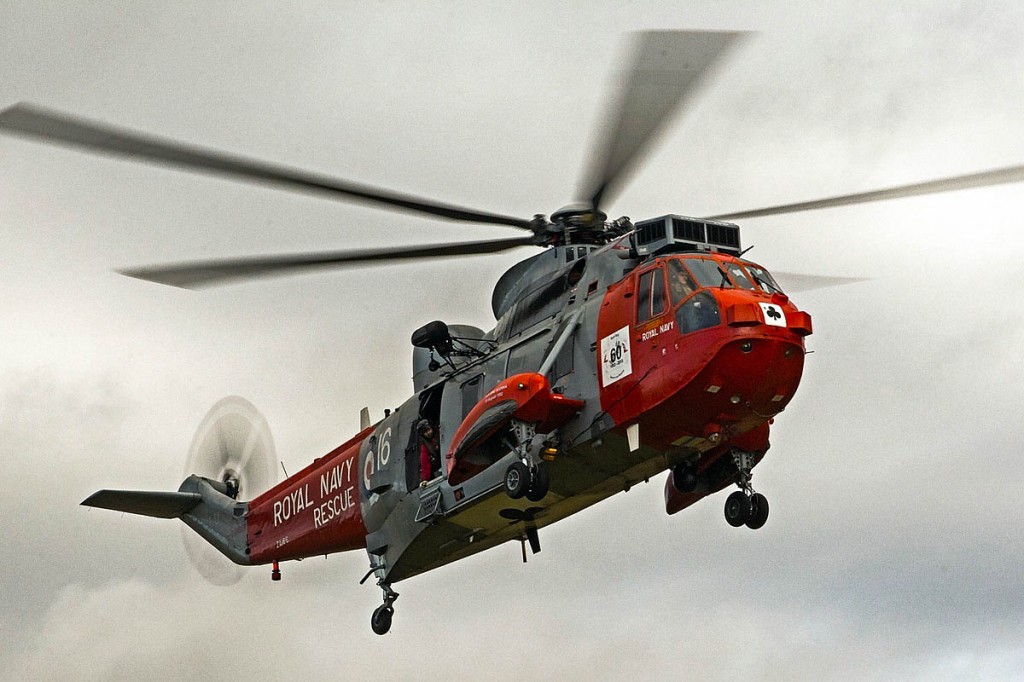
The Royal Navy Sea Kings of HMS Gannet were a familiar sight in the mountains before the service was switched to civilian crews
“The teams also want to assure everyone that regardless of their concerns they will continue to search for, rescue and recover your loved ones, despite the apparent lack of support from certain Agencies.
“The teams in iSMR simply object to being apparently seen as expendable by the agencies.”
A spokesperson for the Maritime and Coastguard Agency said: “HM Coastguard works with many organisations and thousands of volunteers in the vital work of saving lives at sea, on the coast and overland.
“We value and appreciate the work of all volunteers in search and rescue. We know how much what they do matters. We also care greatly for our helicopter crews who often put themselves at great risk to rescue others.
“While the recovery of bodies positively confirmed as deceased is not strictly speaking a search and rescue mission, it is a mission HM Coastguard may support under some circumstances.
“Our crews, when tasked by the helicopter tasking authority – the Aeronautical Rescue Coordination Centre – and in conjunction with the relevant coordinating authority, will attempt to assist the recovery of a dead body if the level of risk to the crews and their passengers, as judged by the ARCC and duty crew, is not considered to be too great.
“This is a dynamic risk assessment conducted on a case-by-case basis taking into account the level of risk. We also need to consider the wider impact to our service in diverting critical lifesaving equipment and personnel. We may need to delay such a recovery during our busier periods.
“Search and rescue helicopters should not routinely be required to clear the hill as fundamentally, a mountain rescue team must be able to operate independently and without helicopter support as conditions on the day might mean that our helicopters are simply unable to reach a team on the hill.
“However, in circumstances where an MR team are on a rescue and where there is a clear risk to the MR team, the helicopter can be asked to remove them from the area to a place of safety.
“If required, this would be through discussion with the Police Scotland duty officer, ARCC duty officer and duty crew, taking into consideration other national taskings and balancing the risk to both the teams and helicopter crews.”
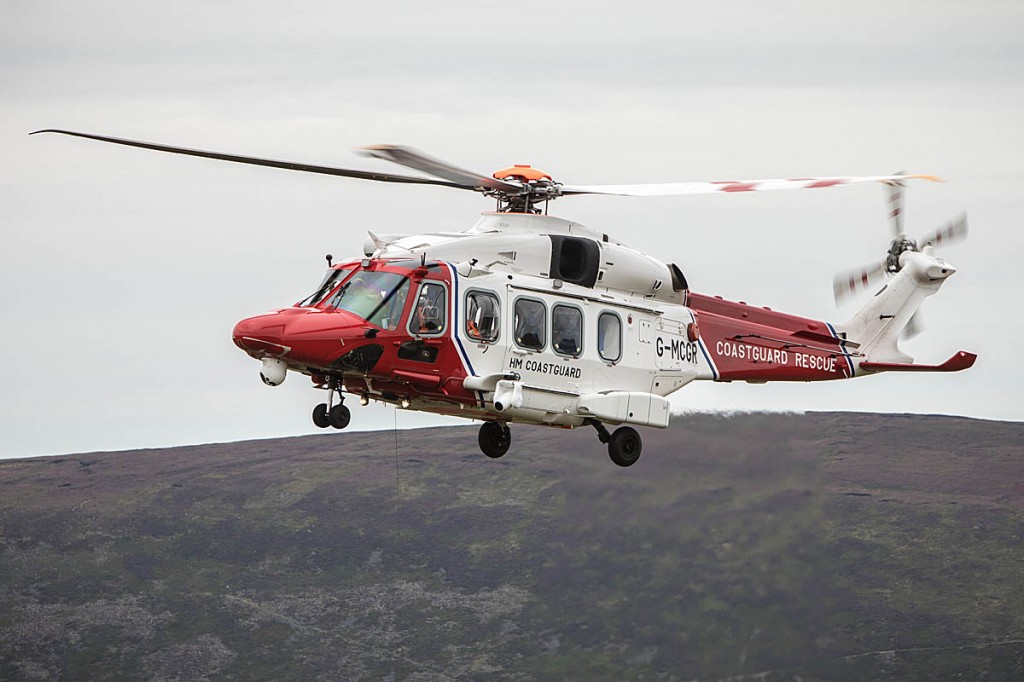
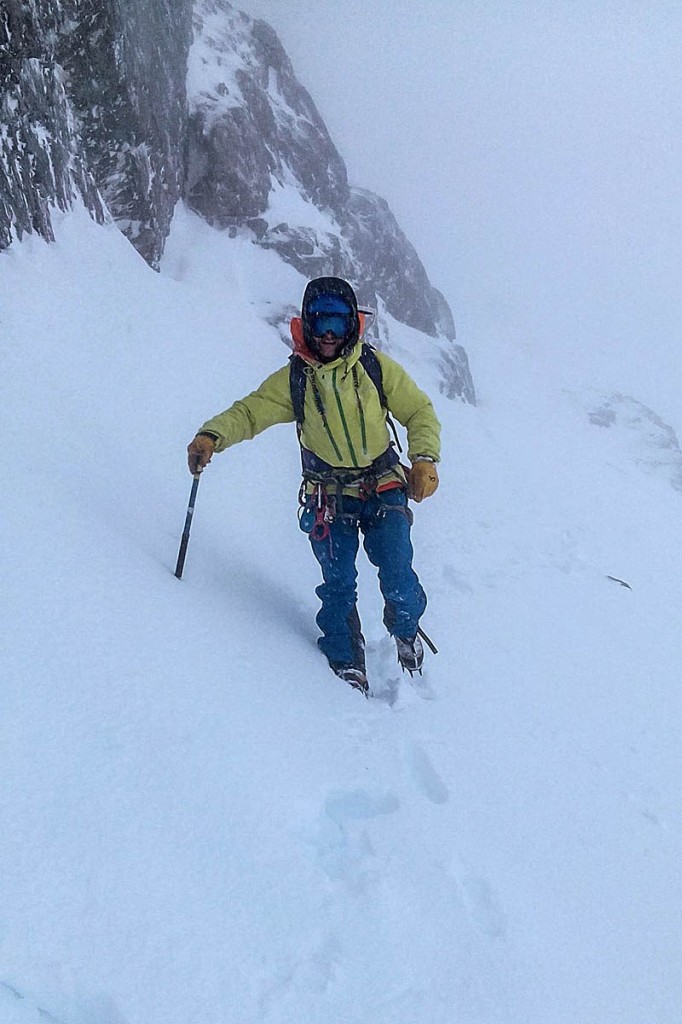
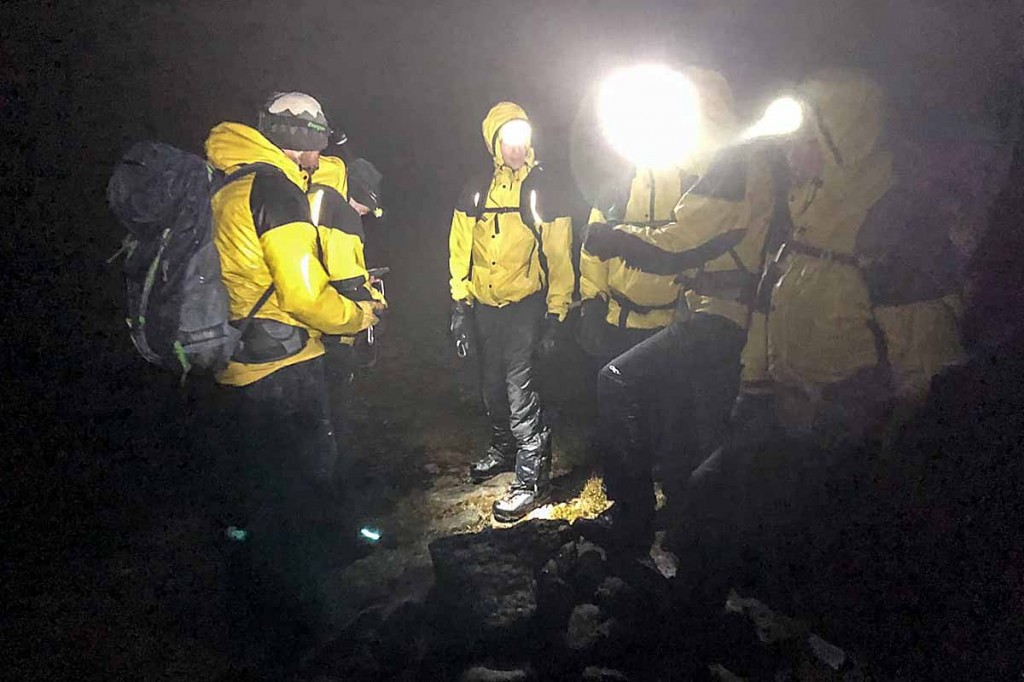

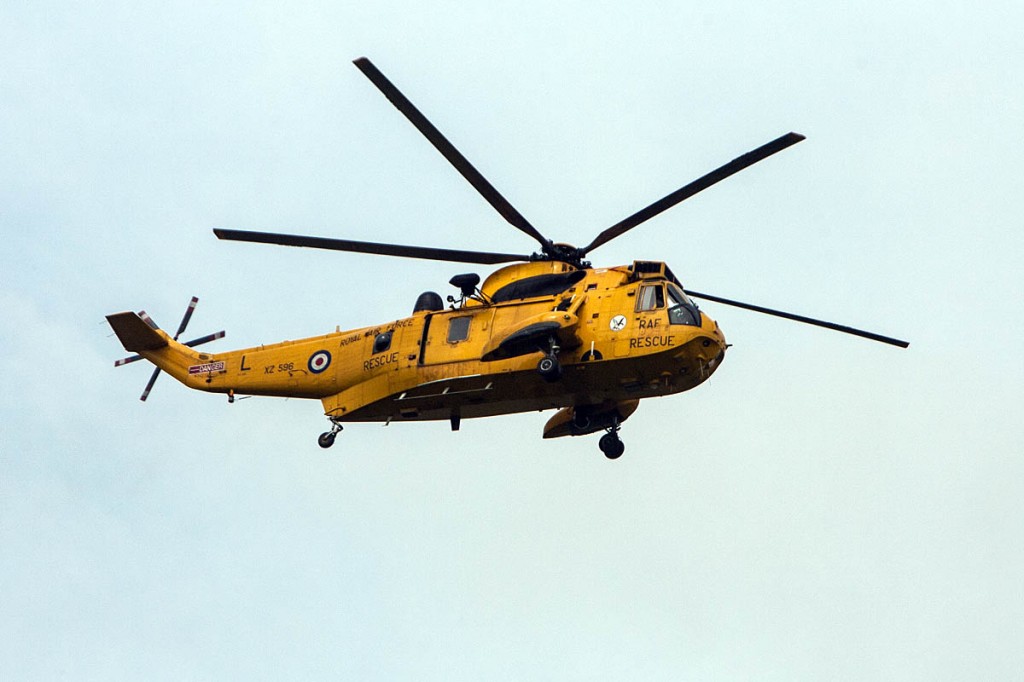
Andrew
03 November 2018This is NOT just a Scottish MRT issue.... And we all saw it coming no matter how many times they said it wouldn't......
Lake District Walker
03 November 2018The privatisation of everything by the Tories has consequences. Profit before service. It's the same in health, education, services...
Ian512
03 November 2018Privatise, terms of the contract, costing etc. Yes, we were told they were just 'scare stories'.
A few years back - the Arran team were checking and helping to get food to people stuck behind large snow drifts and with no electricity. In those exceptional circumstances the team members’ unique skills helped the wider community.
Our Politicians and Officials might ponder that and many other time those volunteers help out other than their work on the hill.
No need to remind everyone that team members are volunteers, have to undertake fundraising to cover at least some of their costs and into the bargain, some if not all of them, may lose wages.
The police and other organisations are more than happy to use Rescue Teams for non mountain incidents, yet the authorities are reluctant to help them do their core job. A core job now made harder by greater numbers of people finding their way to the hills (though often not back again) encouraged in part by Government and its various Agencies.
SH
03 November 2018Well done for raising this issue and sorry to hear that teams are being put in this position. Staggering to believe that the teams are being put in this position. Like so many areas, is it only tragedy that will force the implementation of common sense and enforcement of effective use of the helicopters as needed by MRT? I sincerely hope and pray not. Otherwise the responsibility will lie on the shoulders of those making such cavalier decisions mixed with platitudes and soundbites. I would urge those involved to show some character and make the necessary changes with immediate effect. It is those 'on the ground' whose voices need to be heeded.
Peter Owens
03 November 2018This is exactly what many of us thought would be the consequence of yet another Tory cut, but the ignorance and arrogance of these people is still jaw-dropping. It's noticeable how many more stretcher carries are taking place than in the RAF days - this is in no way a criticism of the helicopter crews, but of the politicians and officials behind this bead-counting culture.
The staff in Fareham probably think the Ben is a bit like Box Hill but somewhere north of Watford. As a suggestion, how about the relevant ARCC and MCA staff being escorted for a little walk on the Cairngorms plateau in average winter conditions. It should be an essential part of their training, I think. A few politicians could be taken along too - they and their poisonous ideology are ultimately behind this sort of idiocy, and we should be calling them to account.
Jimmy Mac
03 November 2018This is nothing new really, I'm not sure why this is suddenly an issue to be honest. Even in the RAF/RN days helicopter crews were not routinely tasked to recover bodies. It did happen (and it still does) if they were in the area but it was never the norm that a helicopter be tasked to recover a body.
Much the same with walking off the hill carrying all your gear. The Sea Kings often couldn't get us and our gear far enough up the hill in the first place so you had to walk up and down, like it or not! The new contract has various requirements relating to carrying MRTs and gear so it was taken into account at the time of award but getting the big yellow taxi off the hill was always a bonus rather than an expectation.
The MRT world has changed a lot since I was involved so no doubt I'm just a relic from the past but reading this it just sounds like how it has always been!
Andrew
04 November 2018HI Jimmy Mac
The issue is not the walk in or out its when they MCA/ARCC are told to simply leave us behind when the weather is is worsening. And same goes when we have a Cas and again things are worsening helo extract requested and then denied... It was rare in the beginning or the "NEW Service" now happens far too often.... And this is the tip of the iceberg. The Crews themselves are outstanding and some are even the old RAF/RN crews so no issues there and you cann see the distain in there faces when they are told to leave us etc..
Ian512
04 November 2018Jimmy Mac - your right that back in the day there were many reasons and situation why the RAF/RN aircraft couldn't help the team on the ground.
Though perhaps back then they they were better able (for various reasons) to muck-in and help the team if they were still in the area, especially if some of their own RAF lads were on the ground.
Jimmy Mac
04 November 2018Again, that doesn't really sound any different to "the good old days" of military provision and coordination.
I've had some choice words in the past when a tasking request has been denied after a long night on the hill but the service never really existed to ferry us all off the hill because the weather was closing in or to recover bodies. It was always a welcome bonus rather than an expectation and I wouldn't ever want to see a situation where MRTs are expecting to be taken off the hill by helicopter routinely as some comments I have seen over the last couple of days seem to be suggesting.
Like I said I'm very much of a different era so I appreciate over the years there has been something of a shift away from that model and closer integration with the helicopters but in a lot of ways it sounds like very little has changed.
Ian512
04 November 2018Jimmy Mac - my experience, back in the day as well, suggests that the RAF/RN aircrew had flexibility and were the ones making the local decisions. Even to the extent that they might decide stop-over for a night after a rescue, which did surprise me.
Craig Borthwick
04 November 2018Jimmy Mac that was my thoughts (and previous experience) also. Waiting to hear if the MRCoS and MRC also feel the same way and add their own comments?
Peter Owens
04 November 2018If the leaders of the MRTs are saying that there is a problem with the way in which helicopter support it being provided, and have taken the steps that they have to publicise it, then there is indeed a problem. I am sure that they would not have done this lightly.
What happened back in the day is not relevant. They are the people who really know what is going on with rescues now, and they need the total support of all of us who go on the hills.
Jimmy Mac
05 November 2018I think it is foolish to write off what used to happen as irrelevant. The fundamentals of mountain rescue haven't changed that much over the years. If an MRT of yesteryear could get off the hill without a helicopter ferrying them about then why can't teams do that now? What has changed? Is it doctrine? Is it attitude? Is it capability?
I just worry that we are heading down a path where helicopter support is an expectation rather than a welcome addition when the reality is the conditions faced by MRTs will never permit that to become the norm. What does a team do when a helicopter isn't available due to weather? They just put their heads down and get on with it...
Ian512
06 November 2018Doesn't responsibility rest with the police - let them sort this out.